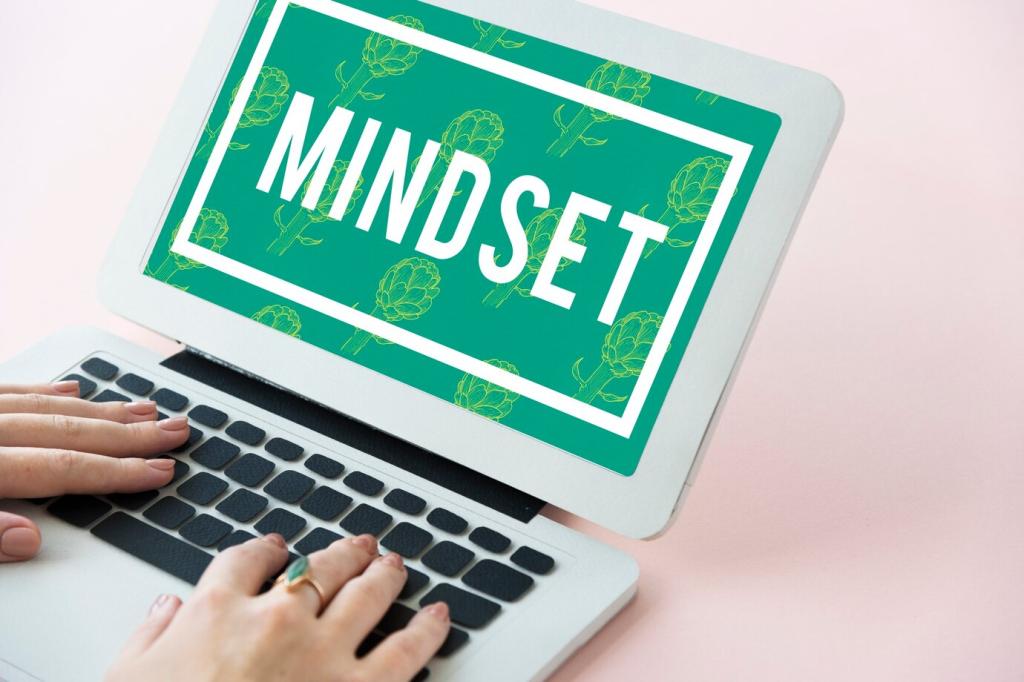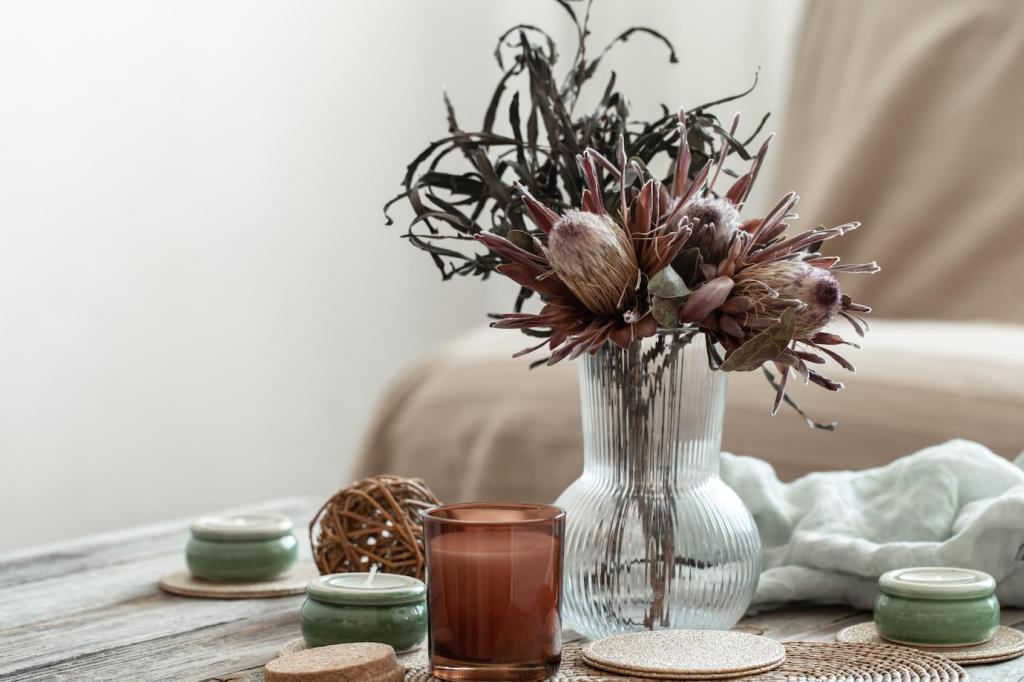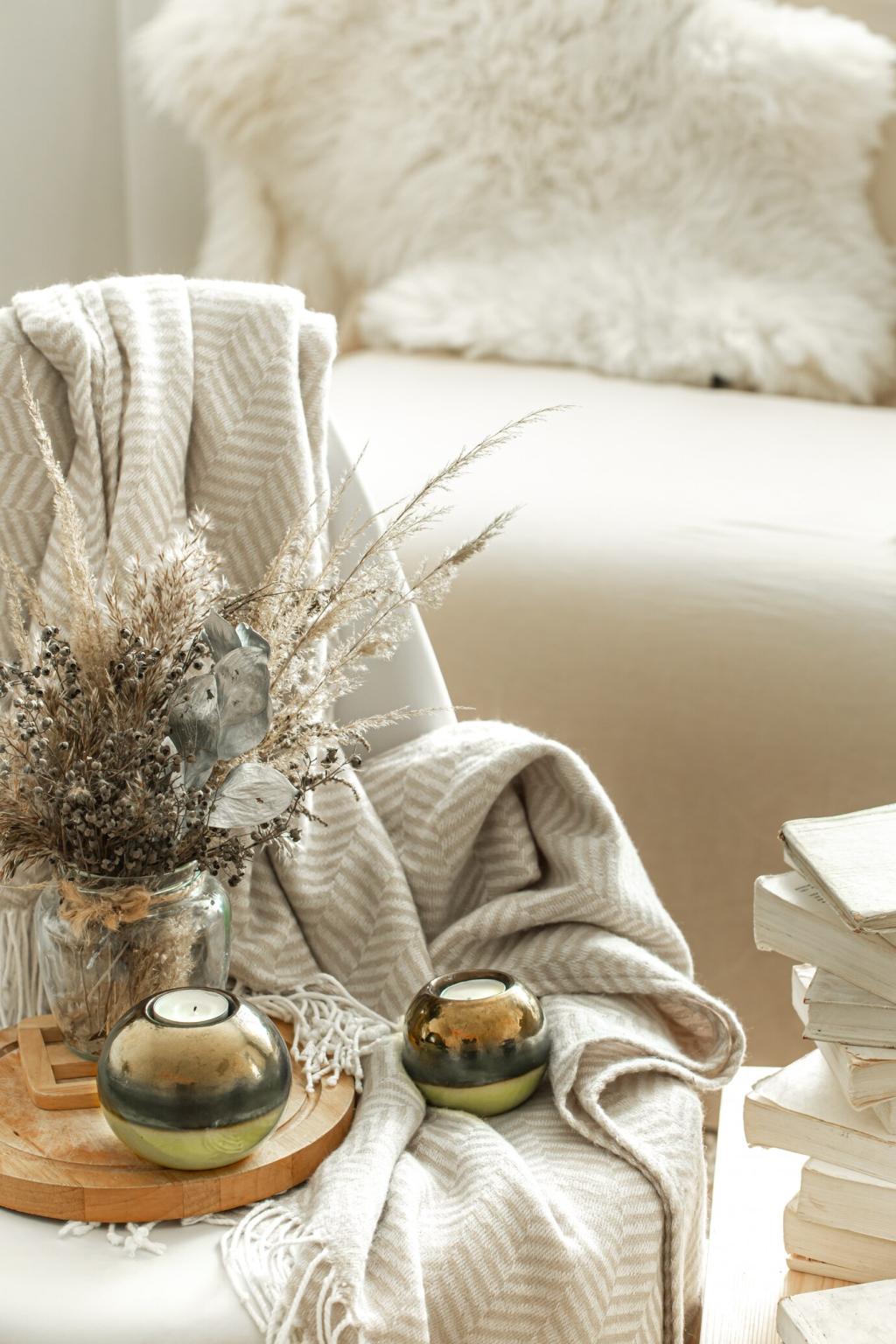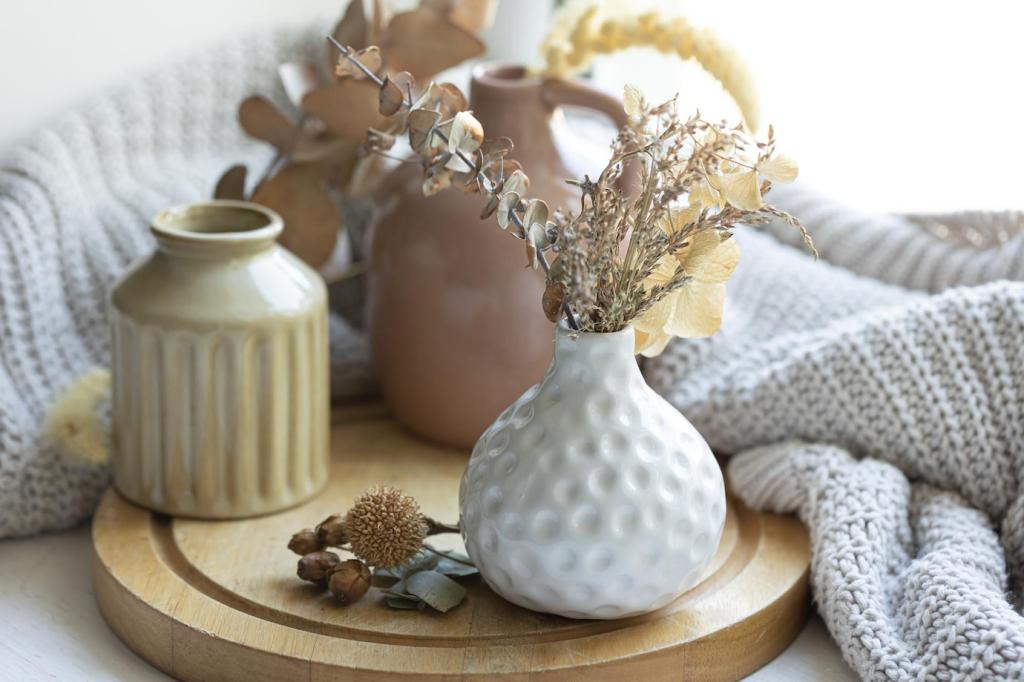Chosen theme: “Mindful Living Spaces: Design Principles.” Step into a calmer, kinder way of living at home—where every object, color, and pathway serves your well-being. Explore practical ideas, heartfelt stories, and design wisdom that invite presence. Share your reflections, subscribe for weekly guidance, and help shape our next mindful conversation.
Core Principles of Mindful Design
Before anything new enters your home, ask what it will support—rest, focus, connection, or joy. A short intention list prevents impulse choices, aligns design with values, and keeps your space coherent. Share your top three intentions in the comments so others can learn from your clarity.
Core Principles of Mindful Design
Cohesion comes from consistent palettes, repeating textures, and a few materials used thoughtfully. It reduces visual noise and lowers cognitive load, allowing rooms to breathe. Try a two-color base with a gentle accent, then tell us how the mood shifted after a week of living with it.
Core Principles of Mindful Design
Design for how you move: clear paths, reachable essentials, and moments of pause near light. When movement feels intuitive, anxiety decreases and presence increases. Sketch your daily route from door to desk to sofa, then tweak one bottleneck. Subscribe for our flow-audit checklist next Sunday.

Light, Color, and Atmosphere
Unblock windows, lower curtain density, and bounce light off matte walls to reduce glare. Position seating where morning light lands to gently cue wakefulness. A reader, Maya, moved her reading chair by an east window and reported softer mornings within days—share where daylight finds you best.
Materiality and Sensory Comfort
Natural fibers, solid wood, ceramic, and lime paint age gracefully and invite touch. Lower-emission finishes keep the air clearer and the mind quieter. Start with a single tactile upgrade—perhaps a linen throw or cork tray—and notice the difference. Share your favorite under-the-radar material discovery.
Materiality and Sensory Comfort
Sound affects calm. Add rugs, curtains, bookshelves, upholstered seating, and felt pads to soften edges. Group soft elements where echoes form, especially in corners. During dinners, gentle sound absorption helps conversation flow. Tell us what small acoustic tweak surprised you most in your living room or workspace.



Decluttering as a Design Practice
Declutter by context, not by category alone: clear your entry table, then your nightstand, then your desk. Keep what supports your current season. I once released a sentimental stack of mugs and kept one beloved cup—mornings became quieter. What object will you honor by giving it space?
Decluttering as a Design Practice
Design storage at the point of use. Mail tray by the door, charging drawer by the sofa, basket by the blanket corner. When homes for items are obvious, order keeps itself. Share a photo or description of a storage solution that finally stuck—your idea may help someone exhale.
Views, Vistas, and Small Windows of Green
Even a single plant on a sill or a framed view of a tree can lower stress perception. Cluster plants in threes, vary leaf shapes, and place greenery within peripheral vision. Tell us which corner could host your mini indoor vista—photos and sketches welcome for next week’s roundup.
Patterns that Whisper Nature
Choose biomorphic patterns, subtle veining, woven textures, and grain that reads organic rather than busy. These cues calm without demanding attention. A jute runner and a softly marbled tray can do more than a dozen decor pieces. Which natural texture instantly drops your shoulders when you touch it?
Water, Movement, and Microclimate
A small tabletop fountain, an open window with a light cross-breeze, or a fan that mimics leaves moving can refresh a room’s mood. Movement signals life and eases mental fatigue. Share how you invite gentle motion at home; we’ll feature standout ideas in our subscriber-only digest.
Mindful Zones for Work and Rest
Boundaries You Can Feel, Not See
Use rugs, lighting, and furniture orientation to delineate zones. A desk turned toward a window signals work; a chair angled to a lamp signals rest. Subtle cues help your brain switch gears faster. What invisible boundary will you try this week? Share your plan to inspire others.
Micro-habits that Reset the Space
Close the laptop, coil the cable, and place a book on the armrest to mark the shift from work to leisure. These tiny gestures teach your nervous system safety. Comment with your best two-minute reset ritual and subscribe for our micro-habit audio prompts launching soon.
Evening Wind-down Architecture
Reserve a low-light corner with a throw, soft stool, and one meaningful object—a journal, a cedar block, a gentle timer. Night after night, this corner becomes a doorway to rest. What will anchor your wind-down space? Tell us, and we’ll suggest a tailored tweak for your home.
